The size of the planets in our solar system has long fascinated us. From the small, rocky planets to the gas giants, each planet has its unique characteristics. One of the most important features of a planet is its diameter, which is the distance from one side of the planet to the other through its center. In this article, we'll take a look at the diameters of the planets in our solar system, including Mercury, Venus, Earth, Moon, Mars, Jupiter, Saturn, Uranus, Neptune, and Pluto, as well as our closest star, the Sun.
Mercury:
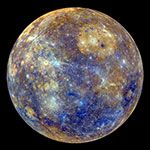
The smallest planet in our solar system, Mercury, has a diameter of approximately 4,879 kilometers.
Venus:
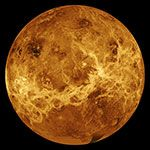
With a diameter of 12,104 kilometers, Venus is slightly smaller than Earth but is still considered one of the largest terrestrial planets.
Earth:

The third planet from the Sun, Earth, has a diameter of 12,756 kilometers, making it the largest of the terrestrial planets.
Moon:
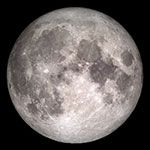
The Moon is the Earth's only natural satellite, and it has a diameter of 3,475 kilometers, making it the fifth-largest moon in the solar system.
Mars:
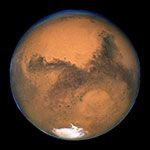
With a diameter of 6,792 kilometers, Mars is smaller than Earth but is still a sizable planet.
Jupiter:
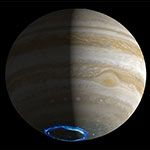
Jupiter is the largest planet in our solar system, with a diameter of 142,984 kilometers. It is a gas giant and is composed mainly of hydrogen and helium.
Saturn:
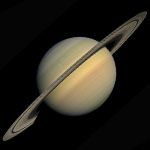
The sixth planet from the Sun, Saturn, has a diameter of approximately 120,536 kilometers. It is best known for its iconic rings, which are made up of ice and rock particles.
Uranus:
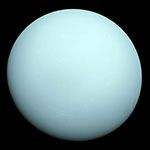
Uranus is the third-largest planet in our solar system, with a diameter of approximately 51,118 kilometers. It is an ice giant, meaning it is composed mainly of ices such as water, methane, and ammonia.
Neptune:
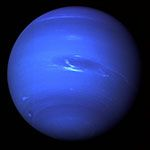
The last planet in our solar system, Neptune, has a diameter of approximately 49,528 kilometers. Like Uranus, it is an ice giant.
Pluto:
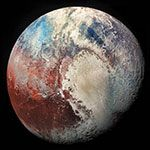
Pluto was once considered the ninth planet in our solar system, but it has since been reclassified as a dwarf planet. Its diameter is approximately 2,376 kilometers.
Sun:
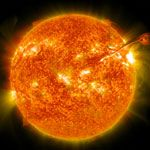
Finally, the Sun, the closest star to Earth, has a diameter of approximately 1.4 million kilometers. It is the largest object in our solar system and contains more than 99% of the total mass of the solar system.

